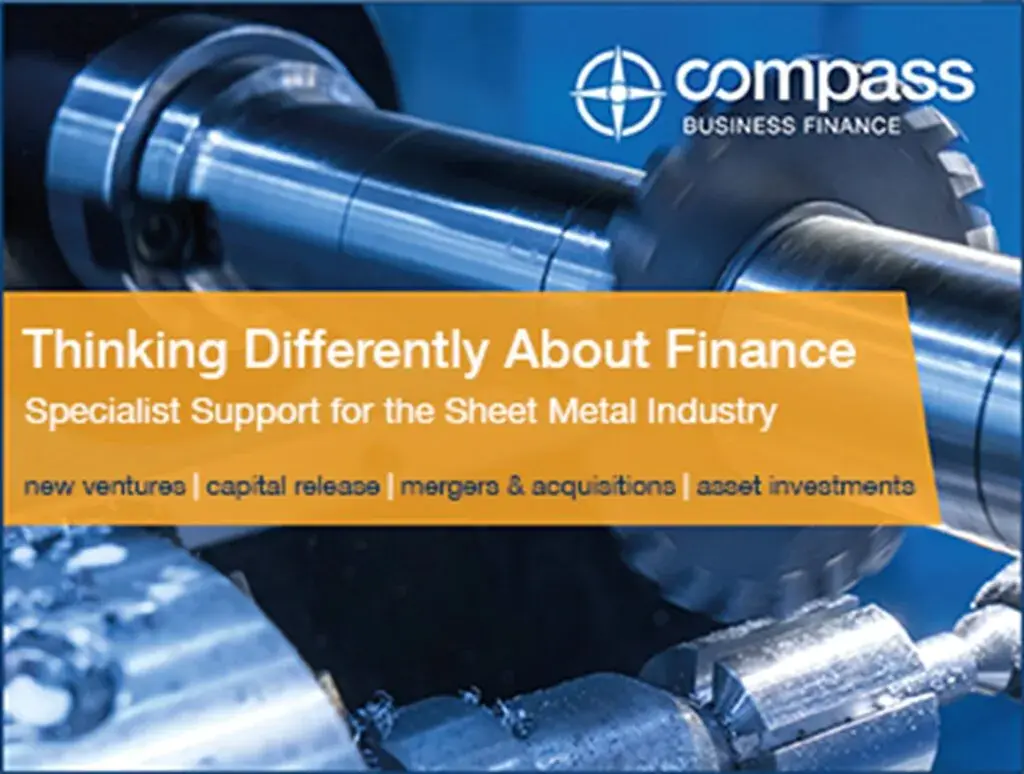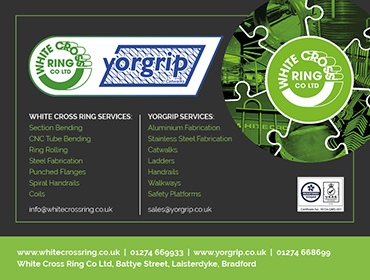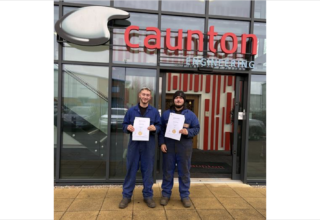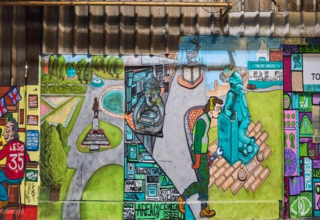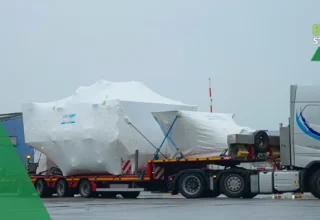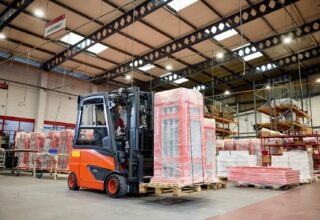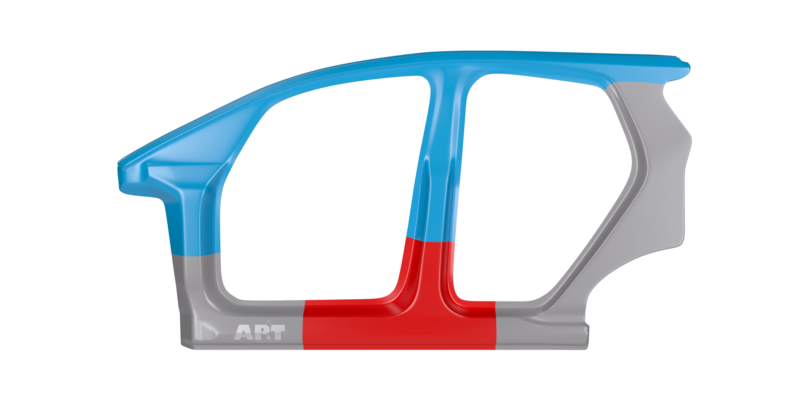
Improved material utilization, lower weight, less climate impact and simpler production, these are all reasons for the car industry’s interest in press-hardened body components made of large blanks consisting of many smaller welded parts. Take, for example, ArcelorMittal’s Multi Part IntegrationTM (MPI). The process is well-suited to AP&T’s press-hardening concept, and since the fall of 2023, AP&T has a production line for manufacturing double door rings in commercial operation out at a customer site.
“With MPI, parts with different material characteristics can be integrated in one and the same blank. The constituent parts are custom-welded without overlapping, consuming less material. The weight of the blank is reduced without impacting its strength and impact safety,” says Jan Larsson, business developer at AP&T.
The savings in material not only leads to lower costs, but also less of a climate impact.
“Most of the climate impact caused by a press-hardened part during its lifecycle can be traced back to the manufacturing of the steel. As such, it is highly meaningful from the perspective of the climate to efficiently use materials. The reduction in weight also has positive effects on the finished car’s energy consumption and climate performance.
For car manufacturers, MPI also simplifies production. By manufacturing components from a large blank rather than from many small ones, there are fewer work steps and tools and less space needed on the floor.
“A double door ring can be made up of five or six different parts that normally need to be stored, moved, formed and assembled in the factory. With MPI, you save space and achieve a less complex flow,” says Larsson.
Having so far delivered over 150 press-hardening lines to customers all over the world, AP&T now sees great opportunities in the increased interest in MPI.
“With our module-based program of presses, linear robots and furnaces, we can always develop an optimized line, regardless of the type of parts to be produced. When it comes to manufacturing large components, our concept of electrical, energy-efficient and compact multi-layer furnaces is extremely well-suited. Our Multi-Layer Furnace (MLF) only takes up a fraction of the floor space needed by a conventional roller hearth furnace,” says the company’s Business Manager of Line Solutions, Lennart Johansson.
Over the years, AP&T has sold a total of 70 MLFs. They are now on their third generation, with seven chambers up to 3,000 x 2,000 mm in size. Each line can be equipped with up to four furnaces, providing major flexibility. In addition, furnaces have few moving parts and require a bare minimum of maintenance, which paves the way for high availability.
“The line concept in itself lays the foundation for production with a low climate impact. In part thanks to our energy-efficient, reliable machines, and in part due to our ‘360° Lifetime Performance Offer’ which means that we optimize, upgrade and maintain the line over time to keep it performing excellently with a low climate impact throughout its lifecycle,” says Johansson.
AP&T is now focusing on developing its offer of press-hardening large blanks.
“We have the technology and the process know-how. But, most importantly for good results, the component must be designed from the start with this manufacturing method in mind. We therefore encourage close collaboration with the car manufacturer’s designers early on,” says Larsson.




